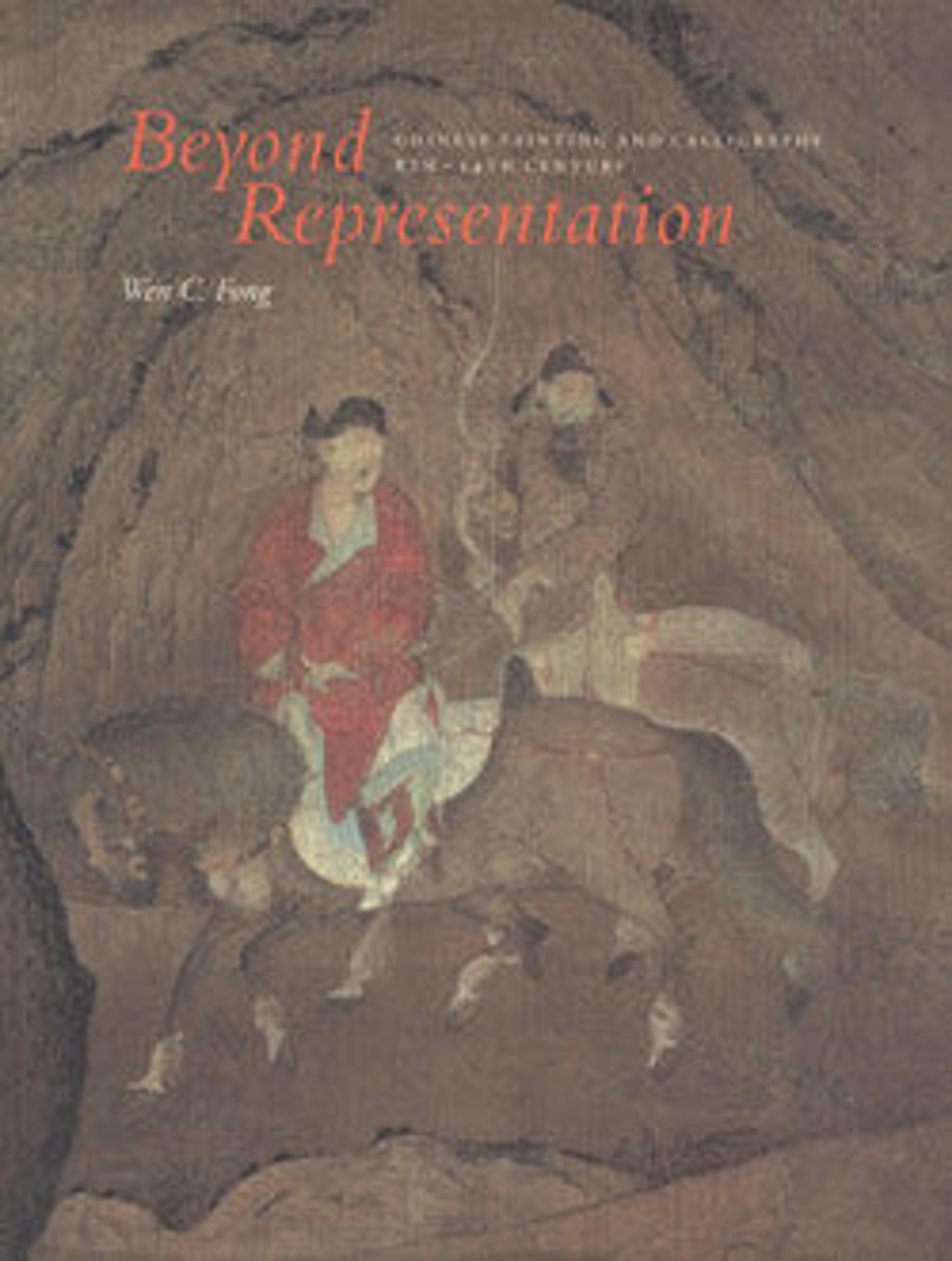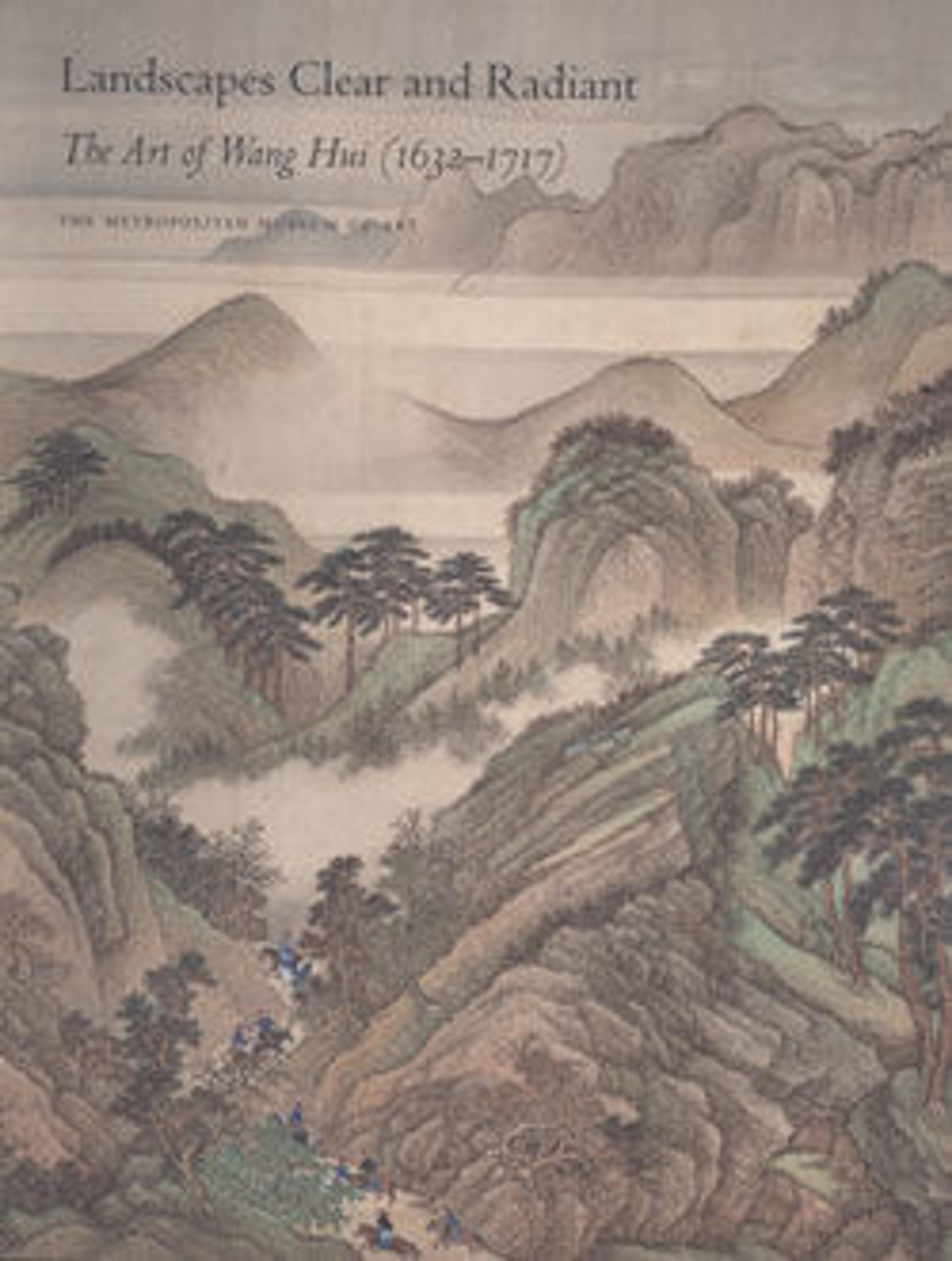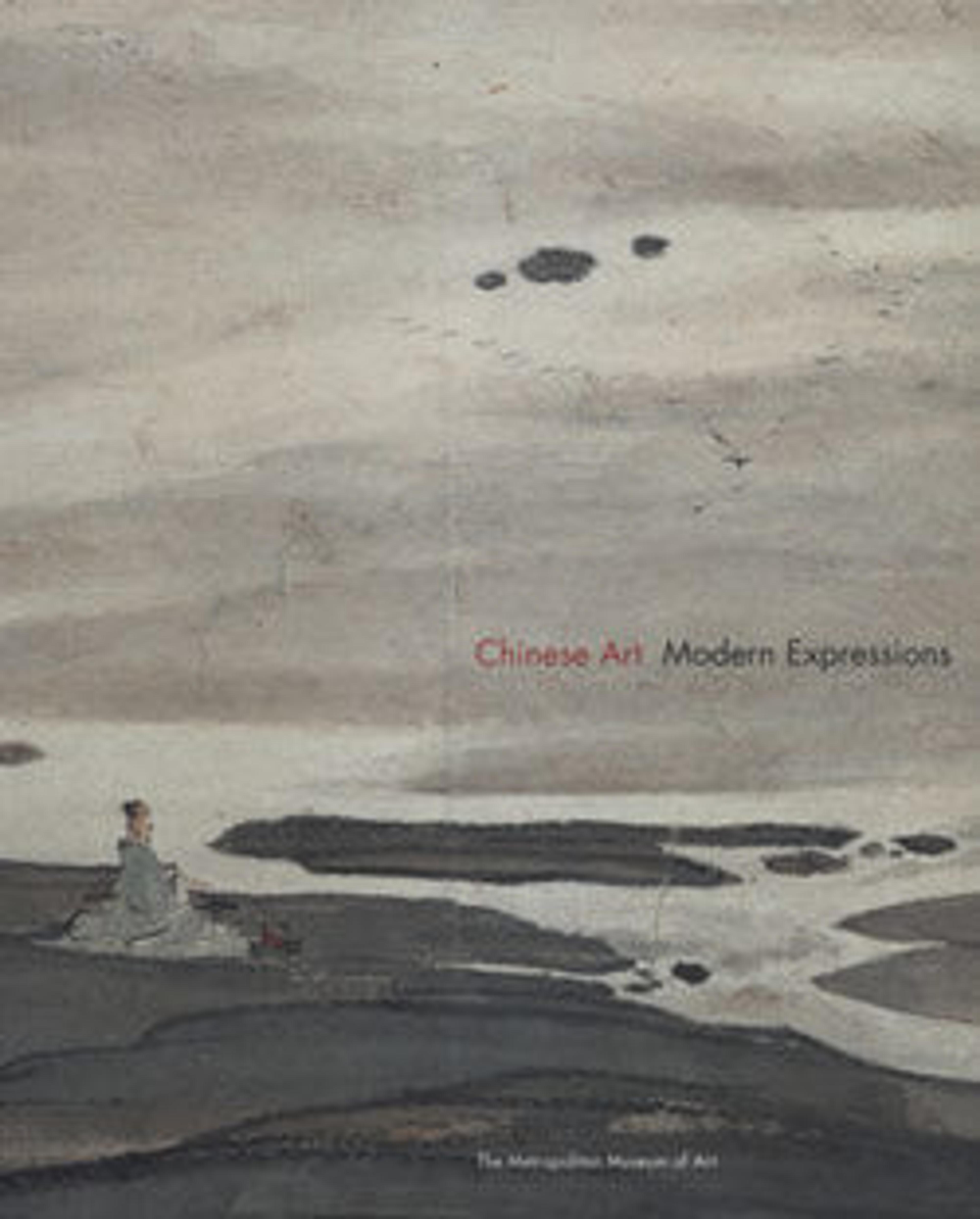
Li Kung-lin's Classic of Filial Piety
The figure painter Li Kung-lin, who lived in China from about 1041 to 1106, was the leading exponent of the Northern Sung scholar-official aesthetic. One hundred seven of his works were recorded in the great government catalogue of the imperial collection of paintings a few years after his death. Sadly, today only three of his works still exist. The handscroll of the Hsiao-ching, or Classic of Filial Piety, a classic of the orthodox canon of Confucianism, is one of those three. It is among the preeminent monuments of Chinese cultural and art history.
A slight volume composed of eighteen chapters, the Classic of Filial Piety takes the form of a dialogue between Confucius and his disciple Tseng-tzu on the meaning and application of filial piety in the affairs of the individual and of the state. The text dates to the period between 350 and 200 B.C., long after either Confucius or his immediate disciples lived, but its subject, the governing of relationships among men and the rules of conduct by which society is made secure, was for centuries before and for centuries to come the keystone of Chinese society.
Before Li's time, the art of painting had been a public and imperial art, conveying the images, ideas, values, and propaganda of the imperial court, the powerful hereditary families, and the great temples. In the eleventh century, under the inspiration of Li Kung-lin and a few others, painting was transformed into a formal mode of expression, which, like poetry, could serve to convey the mind of the artist as well as the emblems of those who controlled his life. For Li, art was a tool, a moral vehicle that allowed him to set out his views of the institutions, ideas, and conflicts of his time.
Richard M. Barnhart, Professor of the History of Art at Yale University, in his beautifully written text, guides the reader through the symbolic world of Li Kung-lin, elucidating the significance of the Classic of Filial Piety in the context of Chinese art and cultural history, providing an exegesis of each of the eighteen chapters and revealing the artist's beliefs, his thoughts and emotions. Professor Barnhart's contribution is augmented by a biography of the artist by Robert E. Harrist, Jr., Associate Professor of Art and East Asian Studies at Oberlin College; an analysis of Li Kung-lin's calligraphy by Hui-liang J. Chu, Assistant Curator of Painting and Calligraphy at the National Palace Museum, Taipei; and a detailed account of the handscroll's conservation and mounting by Sondra Castile and Tekemitsu Oba, both of the Department of Asian Art Conservation at The Metropolitan Museum of Art, New York.
Met Art in Publication
You May Also Like
Press the down key to skip to the last item.
Citation
———. 1993. Li Kung-Lin’s “Classic of Filial Piety.” New York: The Metropolitan Museum of Art.




